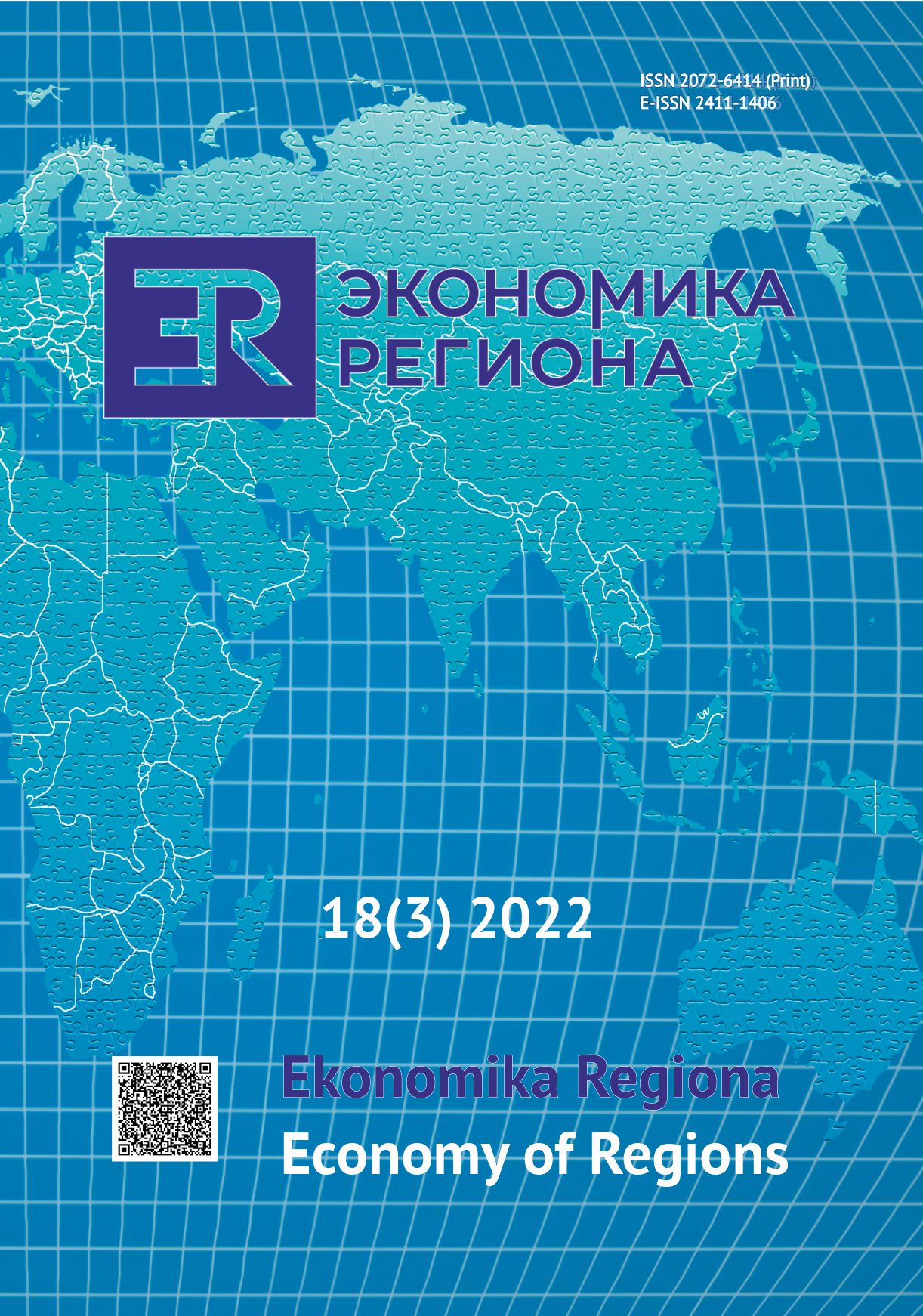Особенности воспроизводства населения Уральского Севера
Characteristics of Population Reproduction in the Ural North
Author(s): Vladimir Grigoryevich LoginovSubject(s): Demography and human biology, Socio-Economic Research
Published by: Институт экономики Уральского отделения Российской академии наук
Keywords: North and Arctic; Ural North; demographic processes; population reproduction; age structure; coronavirus; pandemic; morbidity; supermortality; cyclicity;
Summary/Abstract: Numerous studies have been examining the influence of coronavirus on economic and demographic indicators of various countries and regions in the period from 2020 to 2021. However, little attention is paid to the consequences of the Covid-19 pandemic for Northern and Arctic regions. The present study aims to identify the characteristics of population reproduction in the northern oil and gas regions and consider factors affecting the morbidity and mortality from Covid-19 in the post-Soviet and coronavirus periods. In particular, Khanty-Mansi Autonomous Okrug — Yugra (KhMAO) and Yamalo-Nenets Autonomous Okrug (YaNAO), the Northern and Arctic regions of the Ural Federal District, were examined. The impact of the pandemic on population reproduction in the Ural North was assessed taking into account the regional demographic potential. To this end, the methods of retrospective and statistical analysis, aggregation, grouping, averaging and analogy approaches were utilised. The conducted retrospective analysis revealed the dependence of demographic processes on the time of settlement and development of the territory. In most regions and subregions of the Russian North and Arctic, with the exception of KhMAO and YaNAO, a gradual decrease in the population was observed. In 2020, mortality among patients with Covid-19 in the Ural North was lower than the national average, while the proportion of infected people to total population, on the contrary, was higher. This can be explained by the lower proportion of elderly in Yugra and YaNAO compared to other Russian regions. The research demonstrated that the mortality and birth rates in the most reproductive groups (people aged 20-29 and 30-39) were not affected by the Covid-19 pandemic. The main risk group is the older population aged 60-65 and over, determining the rate and number of deaths from coronavirus. The statistical analysis confirmed the existence of an eight-month cycle of Covid-19 waves from the lowest point to the peak. Future studies will focus on assessing the consequences of the pandemic for the population of the Arctic region at the municipal level.
Journal: Экономика региона
- Issue Year: 18/2022
- Issue No: 3
- Page Range: 699-713
- Page Count: 15
- Language: Russian

